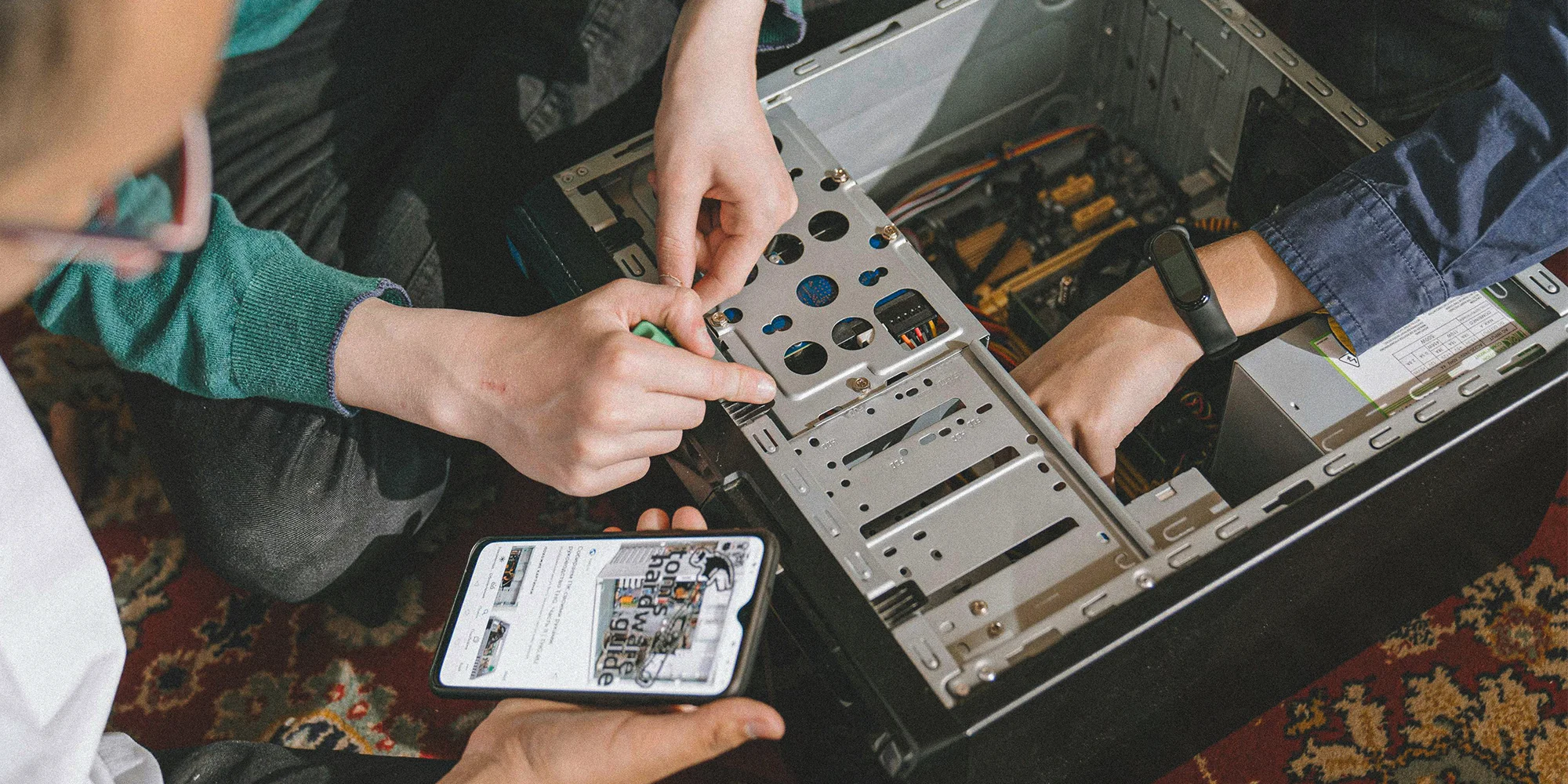As consumer preferences continue to evolve, manufacturers who embrace and promote repairability will be better able to thrive in the market. We explore the manufacturer strategies to making repairability a consumer priority.
In our fast-paced world, where technological advancements happen rapidly and consumer goods have shorter-than-ideal lifespans, the concept of repairability may be overlooked by many consumers.
Why is repairability so important?
Encouragement of repairability is essential for sustainability, cost-effectiveness and reducing waste. But making repairability a consumer ‘want’ is not exclusively about the technical aspects of product design – it’s about aligning with the values and expectations of today’s consumers.
By emphasising the benefits of repairability such as reducing long-term costs, ensuring quality, offering convenient repair services, providing robust warranties, engaging in transparent communication, and building a supportive community, manufacturers can make repairability a compelling selling point by recognising the positive attachment people have with their valued things.”
Here’s why:
- Long-term financial burden: it’s frustrating when products break down prematurely, especially if they can’t be repaired or the repair costs are exorbitant. Manufacturing repairable products ensures that consumers don’t face unexpected financial costs due to frequent or premature replacements
- Environmental impact: overproduction strains natural resources and generates excess waste. By extending the lifetime of products through repair, we can reduce our overall environmental footprint
The article that follows is an exploration of strategies to make repairability a consumer priority.
Fixing the gap: strategies for clear consumer communication
Emphasising sustainability and environmental responsibility
Consumers are progressively driven by a desire to reduce their environmental footprint. By designing products that are easy to repair, manufacturers can tap into this eco-conscious mindset.
Highlighting the environmental benefits of repairable products, such as reducing landfill waste and conserving resources, can attract consumers who are looking to make more responsible purchasing decisions.
Reducing long-term costs for consumers
Repairable products can lead to significant cost savings over time. By creating products that can be easily fixed, manufacturers can position these items as cost-effective choices. Consumers appreciate the potential for lower long-term costs, as they can avoid the expense of frequent replacements. This requires brands to emphasise this point with their communications with consumers, however, could be a powerful driver as perceptions change.
Enhancing product durability and quality perception
A commitment to repairability often goes hand in hand with a perception of higher quality and durability. Consumers may equate the ability to repair a product with superior craftsmanship and reliability. By marketing products as durable and repairable, manufacturers can foster a sense of trust and dependability.

Blueprint for repairability: actions for manufacturing
Offering convenient and accessible repair services
Making repair services convenient and accessible can significantly enhance the appeal of repairable products. Manufacturers should provide comprehensive support, including easy-to-follow repair guides, readily available spare parts, and accessible repair centres.
Example: IKEA’s ‘Spare Parts’ initiative allows customers to order replacement parts for their furniture online. This ease of access encourages customers to opt for repairs rather than replacements, reinforcing the brand’s commitment to sustainability
Building a community and fostering brand loyalty
Creating a community around repairable products can foster brand loyalty and encourage repeat customers. By engaging with customers through repair workshops, user forums, and social media groups, manufacturers can build a loyal customer base that values and promotes repairability.
Example: The ‘iFixit’ community offers a platform where users can share repair guides and tips. Brands that align with such communities often benefit from increased visibility and consumer trust

Reducing material costs and moving to a product-as-a-service model
Embracing reparability can lead to reduced material costs and facilitate a shift towards a Product-as-a-Service (PaaS) model. Manufacturers can minimise their overall need for raw materials used in producing new units, thus reducing overall production costs.
This approach not only benefits the environment but also the outgoings of a company. Transitioning to a PaaS model, where customers pay for the use of the product, or for ongoing spare parts, rather than owning it outright, further capitalises on the benefits of reparability.
This model encourages manufacturers to maintain and repair products to ensure their longevity, creating a sustainable revenue stream while fostering a stronger relationship with customers, leading to continuous engagement and satisfaction.
Staying ahead of right-to-repair regulations
Anticipating and proactively aligning with emerging Right to Repair regulations can provide manufacturers with a competitive edge. Governments worldwide are increasingly implementing laws that require products to be more repairable, mandating access to repair information, parts, and tools.
By staying ahead of these regulations, manufacturers can not only ensure compliance but also position themselves as industry leaders in sustainability and consumer rights.
Proactively adapting to these changes demonstrates a commitment to transparency and consumer empowerment, enhancing brand reputation and trust. Moreover, early adoption allows companies to influence the development of fair and feasible regulations, ensuring that their interests and those of their consumers are well-represented.
This forward-thinking approach can lead to innovations in product design and business models, creating new market opportunities and setting a standard that competitors must follow.
Building your brand is about building trust
As consumer preferences continue to evolve, those manufacturers who embrace and promote repairability will be well-positioned to thrive in the market. It’s not only about sustainability, although this is certainly very important. It’s about building trust with consumers, building your brand, and building a brand following. Repairability, as a compelling selling point, can be a strong part of that.
At 42T, we’ve evolved many strategies around consumer products. We have particular expertise in consumer product manufacturing where we’ve established a strong track record in creating new capabilities for our clients, unlocking the latent potential in existing manufacturing assets to enhance their performance or improve their sustainability.
